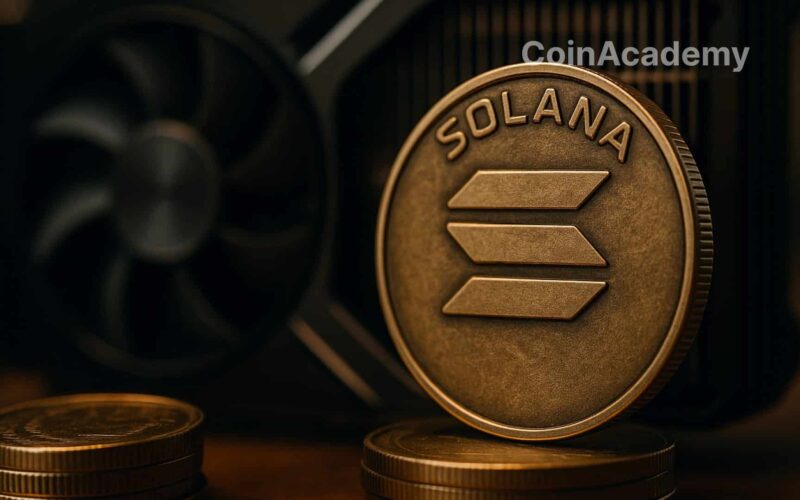Solana is planning to increase the per-block calculation limit from 60 to 100 million units, a 66% boost in processing capacity to handle the growing demand.
From 60 to 100 million units of calculation: a 66% boost on the horizon
The developers at Solana show no signs of slowing down. Just as one update is rolled out, a new proposal is already making waves: SIMD-0286. The goal? Increasing the per-block calculation limit from 60 to 100 million units, representing a 66% surge in maximum capacity.
In an ecosystem where every millisecond counts, this evolution serves one purpose: to create even more space for DeFi applications, high-frequency order books, and resource-intensive projects like NFTs, restaking protocols, and DePIN networks.
A raised limit to avoid critical errors
On Solana, each block lasts approximately 400 milliseconds. It is within this timeframe that validators must process all instructions sent by users. When a program exceeds the allowed calculation ceiling, it fails with a message familiar to developers: compute budget exceeded.
By raising the ceiling, the Solana Foundation provides a little more breathing room for complex applications, without sacrificing network speed. Tests are underway, and if validators approve the initiative, activation could occur in a future epoch, seamlessly for users.
A network under pressure, yet standing strong
It is no coincidence that this proposal arrives so soon after the previous one. On July 23, 2025, SIMD-0256 already increased the limit from 48 to 60 million units. The result: the network was able to process an average of 1,700 transactions per second at peak hours.
However, this gain quickly proved insufficient. Activity on Solana is booming: NFT mints, restaking, oracles, airdrops… Every block becomes a battleground for developers. And the demand shows no signs of relenting.
Blockchain Wars: Each One Making Moves
Solana is not alone in the race for scalability. Ethereum recently enhanced its ephemeral blobs with the Pectra hard fork, while the Bitcoin camp is working on OP_CAT, an update that could finally pave the way for more programmable contracts through ‘covenants’.
But while Ethereum focuses on layer 2, Solana continues to bet on native performance in layer 1, without compromising on speed or user experience.
A bold bet on the future
If SIMD-0286 is adopted, Solana would send a clear message to the ecosystem: the chain is ready to support a new wave of adoption without hesitation. A risky scalability move, indeed, but crucial to remain competitive among the most performant blockchains of the decade.
Now, it remains to be seen if the validators will follow suit.




